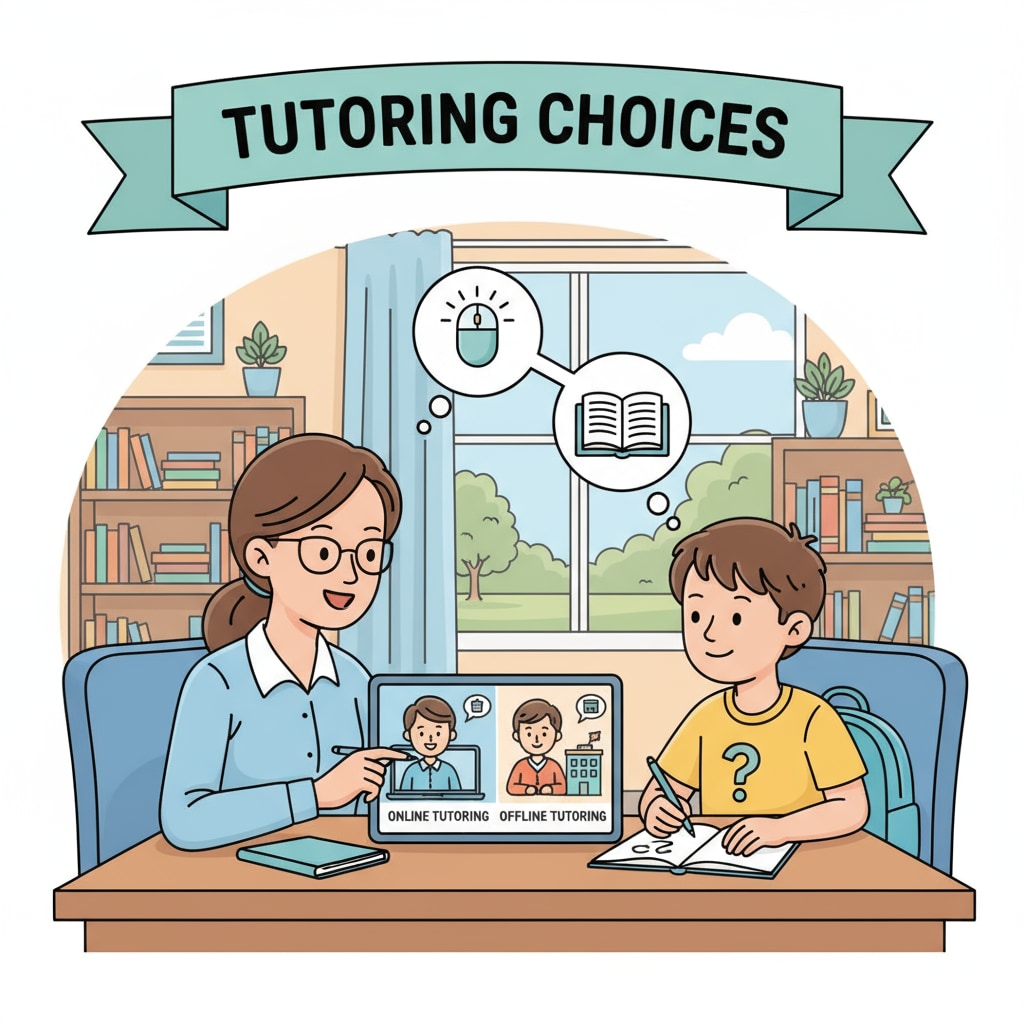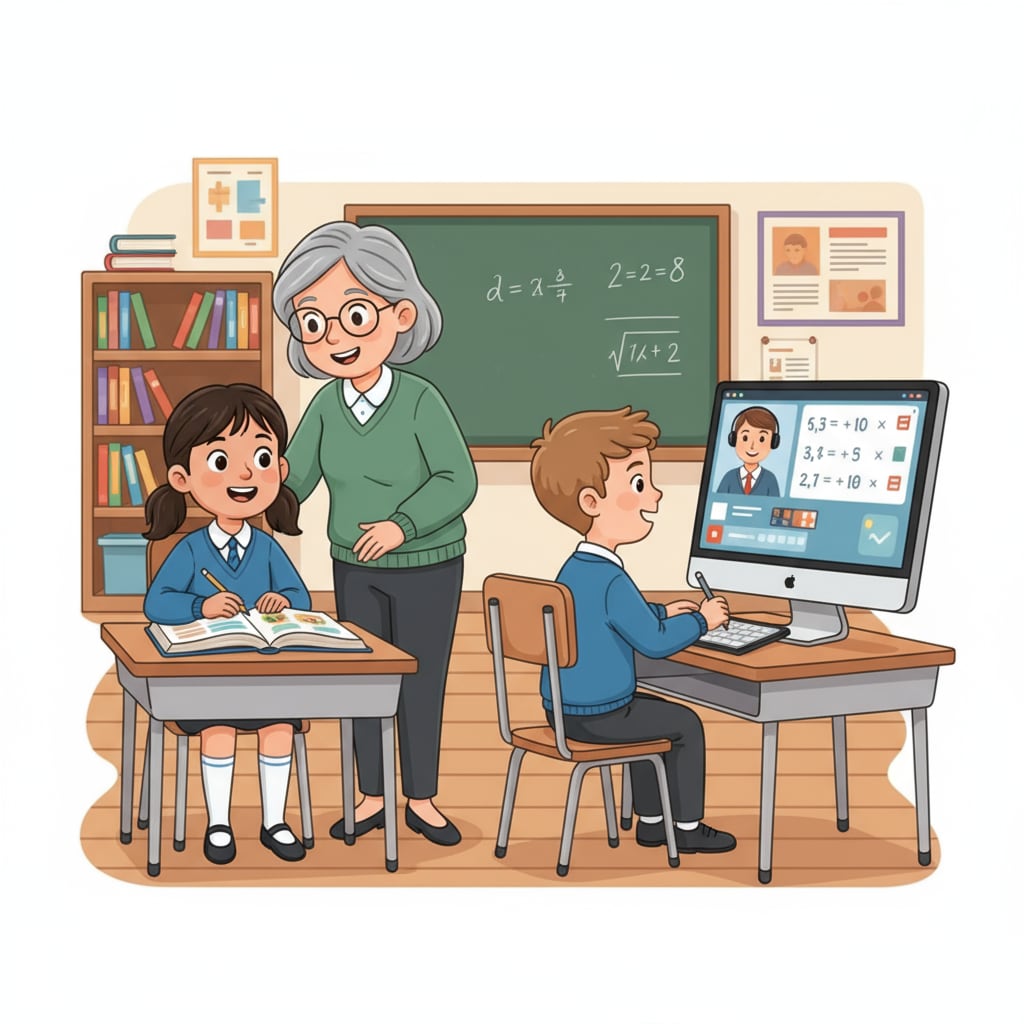In the realm of K-12 education, the choice between online and offline tutoring has become a significant decision for parents, and it often boils down to the issue of trust. Parents play a crucial role in their children’s education, and their trust in tutoring methods can greatly impact the learning experience. Let’s take a closer look at this trust dynamic.

The Trust Divide in K-12 Tutoring
Many parents have preconceived notions about online and offline tutoring. Offline tutoring has long been the traditional choice, with parents believing that face-to-face interaction provides a more direct and effective learning environment. According to Britannica, in-person tutoring allows for immediate feedback and a more hands-on approach. On the other hand, online tutoring is a relatively new option. Some parents are skeptical about its effectiveness, worrying about issues like technological glitches and the lack of in-person supervision.
Factors Influencing Parents’ Trust
One of the main factors is the perceived quality of education. Parents want to ensure that their children are receiving high-quality instruction. For offline tutoring, the physical presence of a tutor can give the impression of more personalized attention. In online tutoring, however, parents may question if the tutor can truly engage with the child remotely. Another factor is the safety and security aspect. With offline tutoring, parents can see the tutor and the learning environment. For online tutoring, concerns about online predators and data privacy arise. As stated on Wikipedia, these concerns can significantly affect parents’ trust levels.

To bridge this trust gap, tutoring providers need to take several steps. For online tutoring, providers should invest in reliable technology and offer clear guidelines on data security. They can also provide testimonials from satisfied parents and students. Offline tutoring services can also benefit from modernizing their approach, perhaps by incorporating some online resources to enhance the learning experience. In conclusion, by understanding parents’ trust issues and taking appropriate measures, both online and offline tutoring can better serve K-12 students and build stronger partnerships with parents.
Readability guidance: This article uses short paragraphs and lists to summarize key points. Each H2 section provides a list of relevant factors. The proportion of passive voice and long sentences is controlled, and transition words are used throughout the text to enhance readability.


